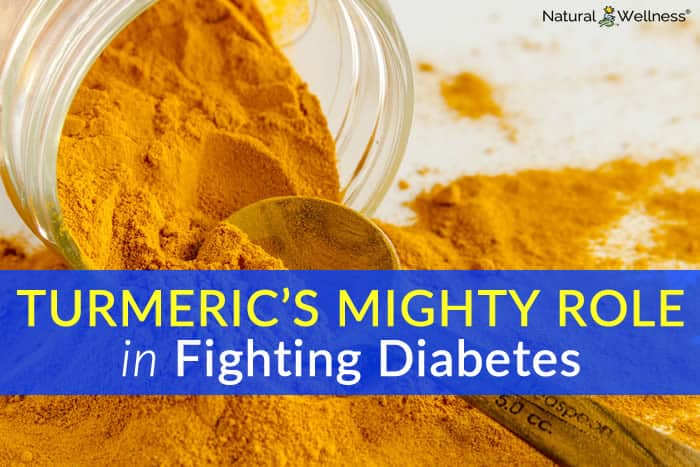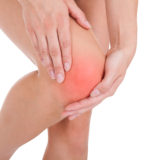

Used for centuries as a medicine, turmeric (curcuma longa) is the primary ingredient in Indian curry. A member of the ginger family, turmeric contains curcumin as its active ingredient which offers many health benefits. One of these benefits is its ability to combat diabetes.
Types of Diabetes
There are three main types of diabetes: type-1, type-2 and gestational diabetes. Type-1 develops from the body’s inability to produce insulin, while type-2 results from the body’s inability to use insulin properly. Gestational diabetes is a form of high blood sugar that affects pregnant women.
Curcumin, Fat, Blood Sugar and Your Liver
Curcumin aids in maintaining a healthy weight by preventing fat accumulation in the liver and acting as a cholagogue, stimulating bile production which increases the breakdown of fats ingested in our diets. Improved liver function also allows the liver to better handle the processing of excess blood sugar. For this reason, curcumin has been shown to reduce insulin resistance while aiding in regulating blood glucose levels.
Inflammation and Oxidative Stress
Research has shown that inflammation and oxidative stress play a major role in the development of diabetes. The anti-inflammatory and antioxidant properties of curcumin act to protect against the development of diabetes. In one study of pre-diabetic individuals, after 9 months the placebo group showed a 16.4% rate for diagnosis of type 2 diabetes while the curcumin-treated group showed no diagnosis of type-2 diabetes. Not only was the curcumin intervention significant in preventing development of the disease, but the curcumin treated group showed improved function in B-cells.
Curcumin and Regulating Blood Sugar
Curcumin has also been shown to regulate blood sugar, allowing insulin dosages to be reduced. In fact, in one study when treatment with curcumin and insulin where suspended for a week, blood tests showed that the benefits persisted. Curcumin is a powerful agent in regulating blood sugar in those with diabetes.
Diabetic Neuropathic Disorders
Curcumin has also been shown to modulate diabetic neuropathic disorders. Able to cross the blood-brain barrier, curcumin acts as a powerful neuroprotective agent and its anti-inflammatory and anti-oxidative properties act on the nervous system as well as the whole body, minimizing and even preventing diabetic neuropathies.
Turmeric (curcumin) has been shown to have minimal side effects and is well tolerated. Supplementation by those with diabetes may be a largely risk free way to minimize medications and manage blood sugar. However use of turmeric to manage diabetes should be always be discussed with a medical professional.
Turmeric 95 is the most absorbable and potent turmeric you will find. Learn how Turmeric 95 can positively benefit your health.





Question about turmeric supplements: About 15 years or so ago I tried one but my wife made me discontinue it…she claimed it made my breath horrible and that I had a bad body odor. A few days later she said I was back to normal. Anyone else had this problem with turmeric? Any way to avoid it (other than not taking turmeric)?
Try using the spice instead of the supplement. I use the spice several time a week, and I have no issues with unwanted odors. I recommend that you use turmeric with pepper because the pepper works as an amplifier for the turmeric.
Thanks, Bobby, will do…